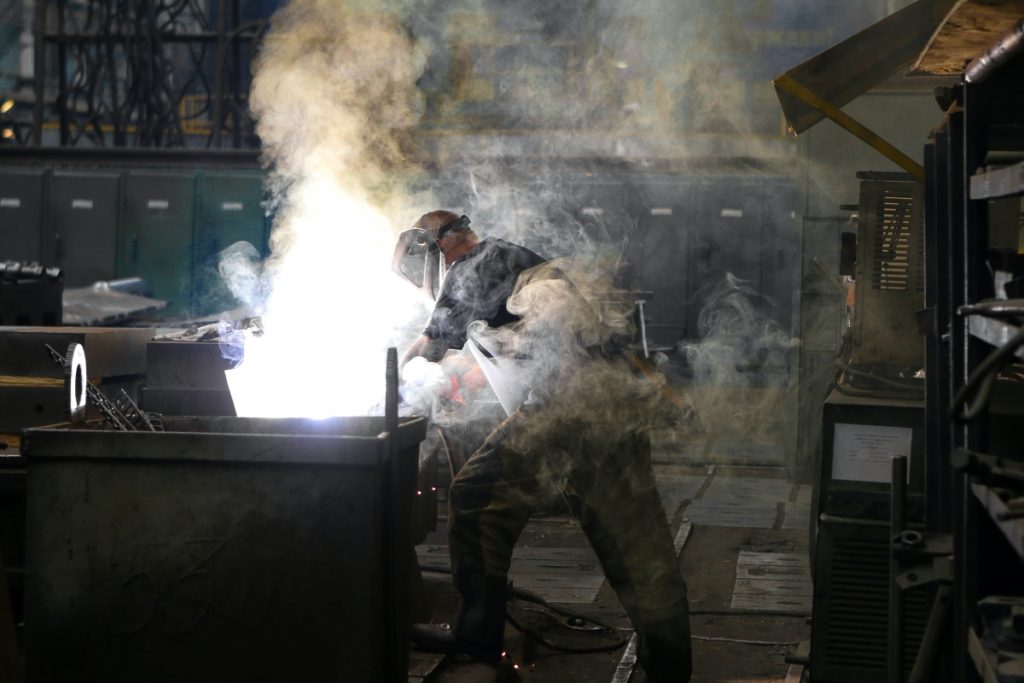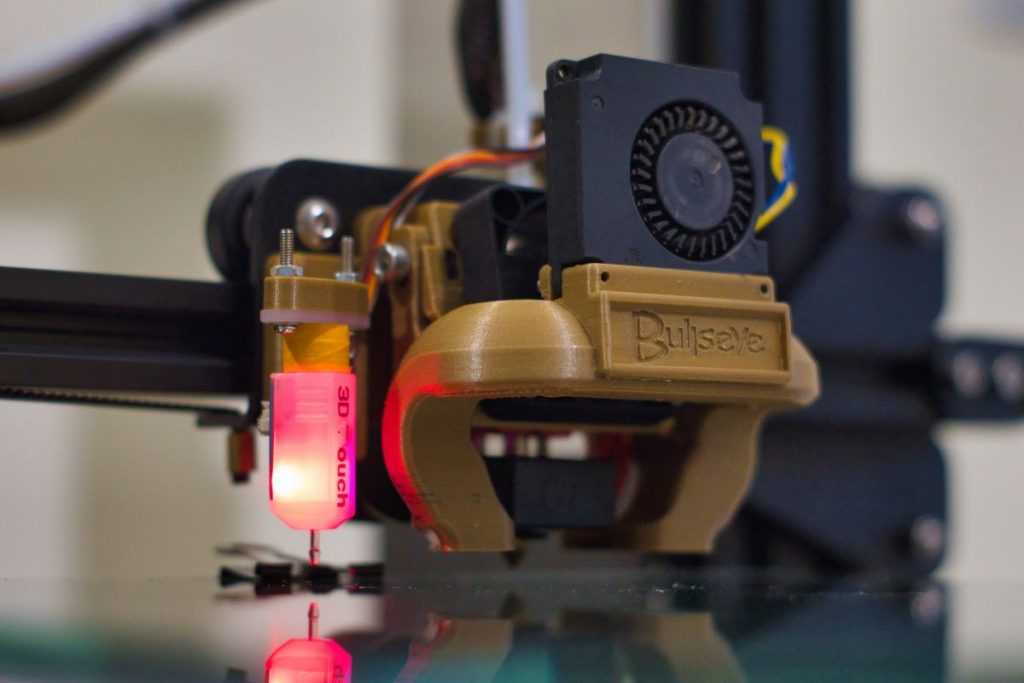- Elon Musk, Investor & Entrepreneur
Investment casting, also known as lost wax casting or precision casting, is an industrial process used to manufacture countless items out of durable materials like stainless steel, brass, aluminum, and carbon steel. Even glass can be investment cast. Today the process is typically used to manufacture intricate and thin-walled items out of almost any metal.
The process takes its name from the wax that’s used in the creation of an initial pattern. A wax model of the item to be cast is surrounded (or, as it’s called in the industry, “invested”) by a material that forms a strong mold. The wax is then”lost” (or removed) after the mold is made. Although the process is still referred to as lost wax casting, today many materials other than wax are used to make the initial pattern.
The two main materials used instead of wax in modern manufacturing are sodium silicate, also known as “water glass” casting, and silica sol. The silica sol method is the more expensive process, but it also offers the most versatility. Compared to the water glass process, it can more easily produce larger, heavier parts and is also ideal for casting very small parts that need to be produced with a high degree of accuracy.
Investment casting can be used to make any sized item from small gears to jet engine turbines. Today it’s commonly used to craft dental fixtures, gears and cams, jewelry, and other intricate machine parts.

HISTORY OF INVESTMENT CASTING
Modern investment casting has its roots in lost wax casting, a technology that has been used to cast metal for more than 5,000 years. It was first employed to make ornaments, jewelry, and religious idols from patterns made out of beeswax, clay molds, and hand-pumped bellows. It’s been developed and used independently by cultures all across the world, including the ancient Egyptians, both the Mayan and Aztec cultures, and the African Benin civilization.
Investment casting became more widely used in the 19th century when dentists started making crowns and other dental work with the technique. But it really took off in the 1940s during World War II with the high demand for parts made from specialized alloys that needed excessive machining. Investment casting proved to be an ideal solution, and after the war, the process was adopted to make precision metal parts for numerous industrial applications.
Today items made through investment casting can be found in industries as diverse as aerospace, medical, automotive, and even food production.
HOW INVESTMENT CASTING WORKS
Typically, to make parts with investment casting the material to be cast is poured into a mold that was formed from a wax pattern. The mold is then broken and the cast item is removed and finished.
- The first step in the investment casting process is to make a master pattern of the item to be cast. This master pattern is made from wax, wood, clay, or some other relatively soft material. Today, the master pattern is often created with 3D printer resin. When finished, this master pattern should be identical in every way to the finished part.
- Then a mold, known as the master die, is made to fit the initial pattern. From the master die, several wax patterns can be produced. For mass production of parts, numerous wax patterns can be joined together.
- These assembled wax patterns are dipped into a ceramic slurry, then coated with a sand-based stucco and set aside to dry. This process is repeated as many times as needed to get a shell of the desired thickness. After fully drying, this shell is strong enough to hold the molten material that’s poured inside.
- The finished mold is placed into a furnace, oven, or autoclave. This step burns the wax out the inside of the pattern and hardens the mold’s shell even more. When finished, all that’s left is a shell that contains a hollow space in the shape of the part to be cast.
- The mold is heated and then filled with the molten material, usually metal, and then cooled until solid.
- The mold is broken away and the now-cast part is trimmed and cleaned with sandblasting, grinding, and, if necessary, detailed machining. Sometimes a final coating is added.
- The mold is destroyed in the process but the wax is often reclaimed and reused in the next casting.

ADVANTAGES AND DISADVANTAGES OF INVESTMENT CASTING
One of the big advantages of investment casting is its versatility. Almost any material can be used to create a finished part, and the process is ideal for casting items that require a high degree of accuracy to work properly. Additionally, due to the durability of the molds, investment casting is an ideal choice for parts that require intricate parts and complicated shapes or demand detailed surfaces.
Any metal casting process requires subsequent machine work, but investment casting allows for finer details in the final cast, thus reducing the need for this secondary machining process.
One big downside to investment casting is the cost. It’s typically more expensive than other types of casting, like die casting and sand casting, however, it’s better suited for large-scale production, so per-unit costs can be significantly less than these other casting methods.
THE INVESTMENT CASTING MARKET
Investment casting is big business. In 2019, this market accounted for USD 15.28 billion and, according to business consulting firm Grand View Research, is expected to be worth USD 20.69 billion by 2027. The investment casting industry is a reasonably competitive one, and with a projected demand for parts from the growing energy technology sector, it’s likely competition is only going to become more intense.
Right now, North America dominates the global investment casting market. This is principally due to the expansion of the aerospace, military, and medical industries. However, as the Asia Pacific region continues with its industrial expansion, the need for investment casting will only increase. China, in particular, is poised to be an industry leader as it already has a history with die casting and sand casting.
IN CONCLUSION
Investment casting is a manufacturing process that’s as versatile as it is historic. It’s used to manufacture parts for countless applications across a wide variety of industries. While more expensive than other types of metal casting, it’s ability to create quality parts ranging in size from small and intricate to massive and heavy-duty makes it a favored choice for most applications.
Lisa
Latest articles
Stay up to date
Want to know anything else?
We’re an open book so hit us up if we’ve missed anything here or if there’s something else you’d like to know.
Thought leaders & celebrities share their tactics for success on the Lisnic podcast by Lisa Teh & Nick Bell